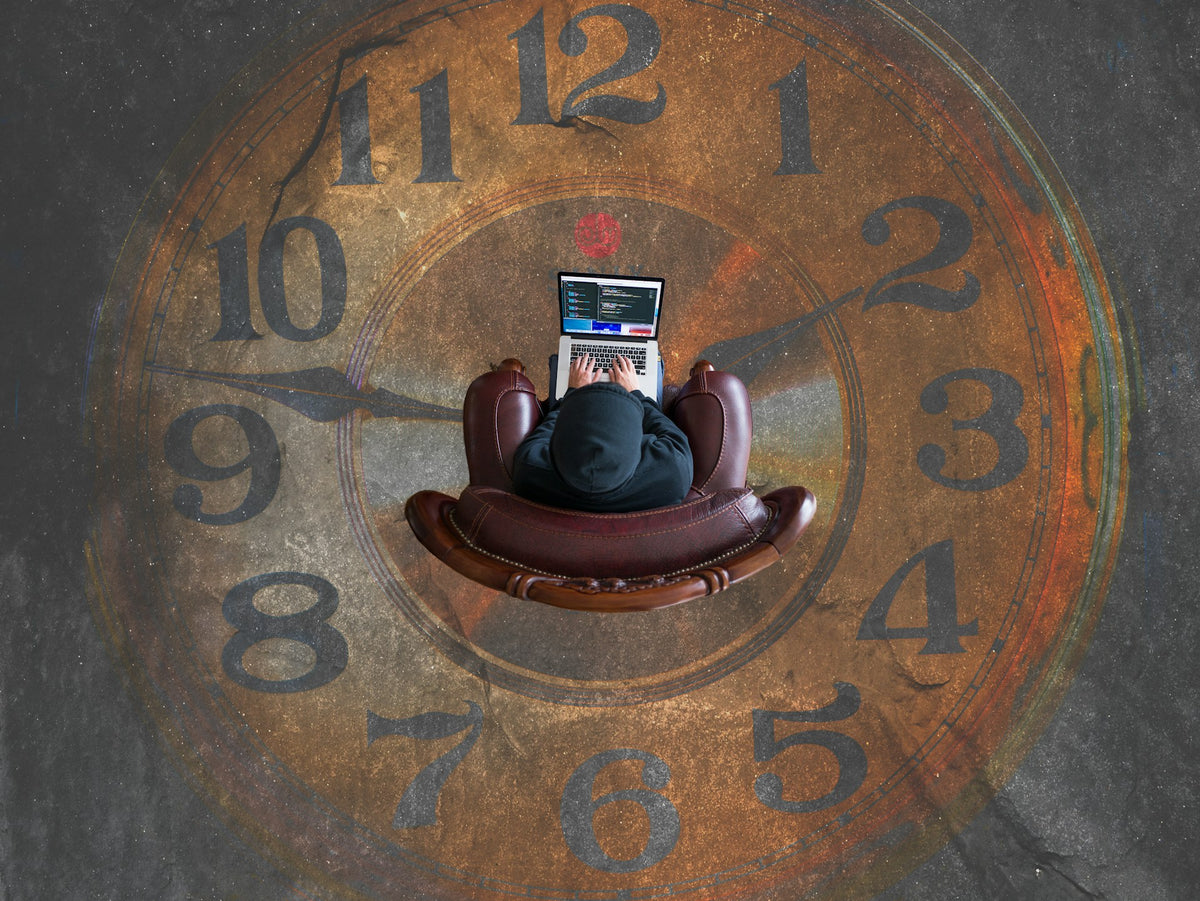Boosting Productivity in Student Life: Fun Strategies for Time Management

Traditional time management approaches often fail modern students in an academic atmosphere where efficiency and production are critical. That’s why educators and developers are working to provide more engaging, inspiring, and realistic time management solutions. Gamification, prizes, and positive reinforcement are promising. These strategies attempt to improve time management and increase the student's learning experience, making the process as gratifying as the results.
Gamification: Turning Routine into Adventure
Gamification brings gaming features to non-game environments like academic time management. This novel method turns everyday jobs into thrilling trials, where each clock tick is a step closer to victory. Time-tracking programs may encourage competitiveness and success via points, levels, badges, and leaderboards.
Students are on missions, fighting procrastination, and earning points for prizes. This strategy uses gaming's psychological benefits — engagement, motivation, and a sense of accomplishment — to encourage proactive time management. The student is better at planning and prioritizing and appreciates it, making time management more accessible and fun.
Rewards: Beyond the Satisfaction of Completion
By integrating a rewards system into time management strategies, the completion of duties is transformed from a mundane obligation to a compelling incentive. By linking particular accomplishments with incentives, pupils have a concrete objective to pursue, surpassing the impersonal notion of "time well spent." These rewards can range for consistent performance, from minor benefits such as coffee shop vouchers to more substantial awards like scholarships.
By capitalizing on the fundamental human inclination towards compensation and recognition, this approach motivates pupils to utilize their time management tools more actively. This method provides tangible recognition of these efforts by rewarding individuals for the effort and discipline required to manage their time effectively. This phenomenon incentivizes students to maintain consistent effort and experience growth by establishing a positive association between effective time management and favorable results.
Positive Reinforcement: Cultivating a Growth Mindset
Implementing feedback cycles that emphasize even small steps of progress can effectively strengthen a student's resolve to improve their time management. Implementing various forms of positive reinforcement — such as congratulatory messages following task completion, progress-tracking visuals commemorating significant milestones, or personalized feedback recognizing individual growth — can significantly augment a student's involvement with time management tools. In addition to aiding in improving time management, this practice fosters a growth mindset that endures throughout one's life, wherein obstacles are welcomed as chances to acquire knowledge and advance.
Customization: Tailoring the Experience to Fit the Individual
When adaptable to the specific requirements and preferences of its users, the efficacy of any instrument or strategy is significantly augmented. Customization in the domain of time management for students facilitates a more individualized and, consequently, more captivating experience. Students can establish personal objectives, select the visual elements of the resources they employ, and determine the notifications and rewards they desire. By offering this degree of personalization, students are more likely to be receptive to time management strategies, as they will experience a greater sense of investment in the procedure.
Furthermore, customization can effectively cater to diverse learning styles and preferences, thereby guaranteeing that every student can discover a methodology that optimizes their progress. Including a personalized element enhances the usability and efficacy of time-tracking tools as it encourages students to utilize and derive advantages from tools that feel uniquely customized to their needs and preferences.
Integration with Academic Tools: Creating a Unified System
Integrating time management tools with other academic resources and platforms provides a comprehensive approach to academic life. Students can see their schedules, deadlines, and responsibilities by attaching time-tracking tools to calendars, project management apps, and learning management systems. This integrated method simplifies student workflow and reduces planning and organizing cognitive load by eliminating app or platform switching.
For more academic resources, you can also check the best services on LinkedIn. It offers a variety of services to enhance the academic experience, giving students everything they need to achieve in one place. Integration makes time management a crucial part of the student's academic routine, not an extra activity. This consistency between tools and platforms accelerates planning and guarantees that time management practices are used across the student's academic life, improving organization, stress, and academic outcomes.
Social Features: Leveraging Community for Motivation
Incorporating social features into time tracking and management tools introduces an element of community and accountability that can significantly enhance motivation. Features like shared goals, group challenges, and public leaderboards tap into the social aspect of learning and productivity. They allow students to connect with peers, share progress, and even engage in friendly competition.
Conclusion
Innovative student time tracking methods improve learning and productivity as well as time management. Gamification, incentives, positive reinforcement, customization, integration with academic resources, and social aspects may make time management more attractive, successful, and fun. These strategies improve academic achievement and the student experience, equipping students for lifelong success in and out of the classroom.